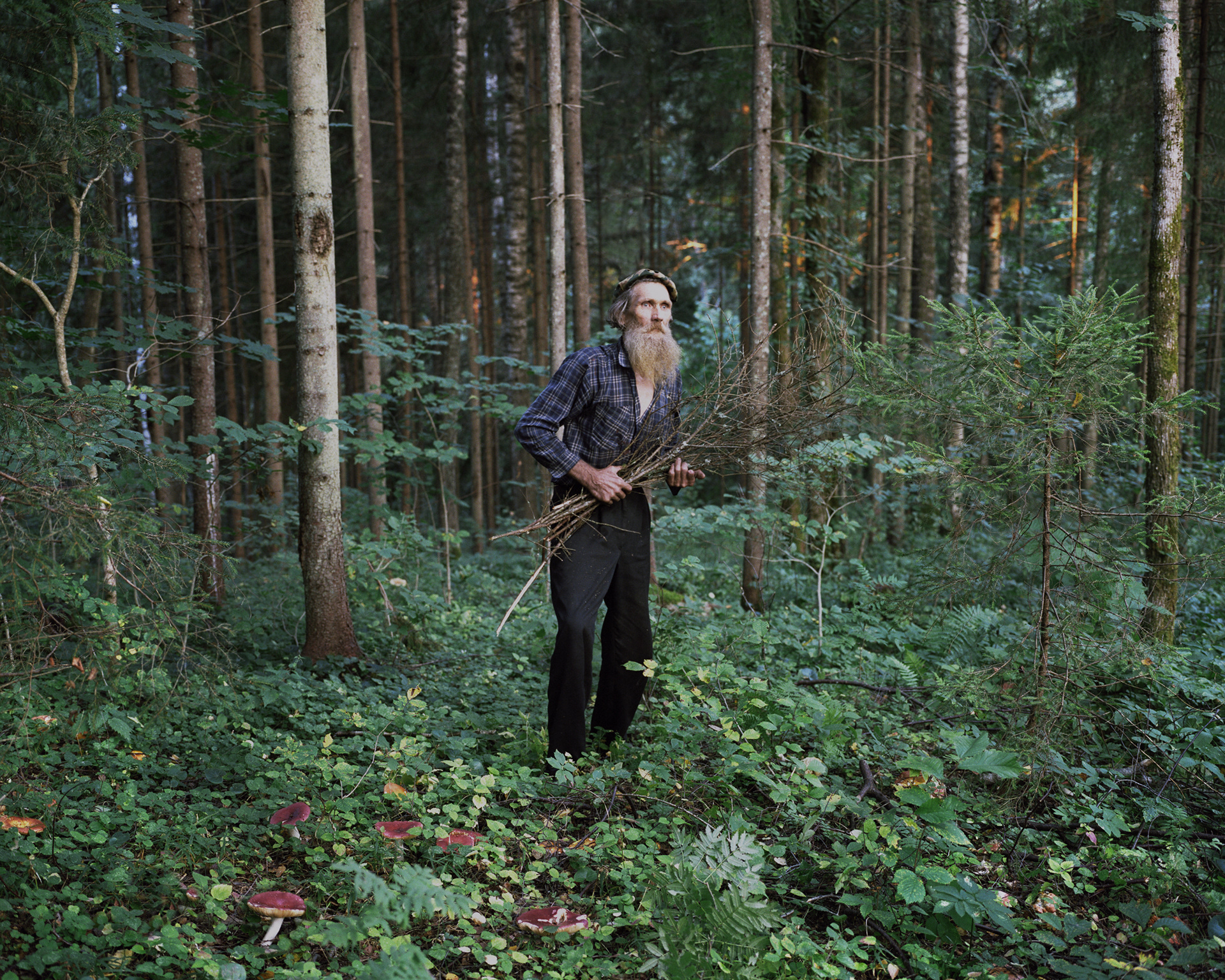ITA - ENG
APRIL 2020
____________________________________-
Danila Tkachenko is a Russian visual artist.
Winner of the first prize of the World Press Photo with Escape in 2014 and of the European Publisher Award for Photography for Restricted areas in 2015, he exhibited his works in Russia, Europe and North America.
In his shots the interaction and the relationship between man and the environment is investigated with an eye almost from the future, revealing how only great relics of the past have remained only wrecks.
Website: www.danilatkachenko.com
______________________________________________
How did you get into photography?
It was in 2009 when I rented a flat with a girl who was a photographer. At that moment I fell over with the photography. I studied some photography courses and graduated from the Rodchenko Art School (Moscow) where I got introduced into different media and realized that the photography fits me more than anything else.
The places you portray are mostly without human figures except for the Escape series and the Oasis series. What fascinates you about these places?
It was important for me to create the distance to the viewer, I wanted to show the objects in certain context, namely in snowy desert, which is for me the metaphor of the apocalypse. I decided to keep the photos with minimum details and maximum attention to the object of the shooting. It seemed to me that this approach was most corresponding to my idea.


The Oasis series was commissioned by the Qatar Museum. How did you deal with this kind of commission work?
I was invited to Qatar by the Qatar Museums and I have never been in this country before. When I was going there I had already had an idea what to shoot. I was struck by the contrast between modernity of the cities and technologies and archaic society living. I went to the desert and saw that the skyscrapers standing in the middle of the desert are a symbol of the dawn of capitalist progress in this country, and they reminded me of a mirage. I asked myself if progress is a trap for the national identity or not. After I had formulated the idea, I found locations for shooting in the surrounding desert and started working.
Restricted area is a series with a strong impact. In an interview about this work, I read that you consider yourself an archaeologist to discover these places that represented the pinnacle of progress and power but which are now only rubble. Do you consider these traces of a past power a warning for the present, a teaching for the future?
This project is rather a metaphor of the future, than the past. For me it is represented as an image of a possible future. I like that these objects are nowhere in white hovering space. I didn't have the aim to make comprehensive display of the ruins of certain type, it was more important to me to visualize the attempt of traveling in time, looking at our technological civilization from far away in future, and to see what would be left there.
Your series share a strong sense of minimalism. What fascinates you about this style?
Yes, perhaps. But I didn't think about it while preparing and shooting the project. I agree that there are common traits with minimalism style. I tried to reduce the unnecessary objects from the images and leave the only object in its native environment as a metaphor of inevitable technological apocalypses.


In the Monuments series you have included elements on the structures you were about to photograph, there are also some very interesting videos in this sense, why did you choose to go to act directly with the structures rather than working in post production?
I like to work with the material, try to arrange it in one way or another during the shooting, to create the only correct composition. I finds a drive in this. In addition, post-production in terms of creating additional structures around objects is also a rather troublesome task and not the fact that it would turn out well. Those manipulations that I performed with the churches did not and could not cause any damage to the objects, and after shooting everything was dismantled.
The sense of loneliness, lack of humanity is widely visible in your works and it is almost a fil rouge that becomes evident in a series like Escape, what is the meaning you give to these shots?
I have had an experience of being lost in the forest for long time. I was thinking a lot during that period and after and it led me to believe that I was the absolute result of the cultural context in which I grew up, and that my identity was an artificial construction created under its influence. It was interesting to me to meet people who left society for a long time, compare myself with them and understand how a person develops outside the cultural context. So in this project I'm more interested in society than in the phenomenon of hermitry. Looking at them, I study the social environment and its impact on myself.


